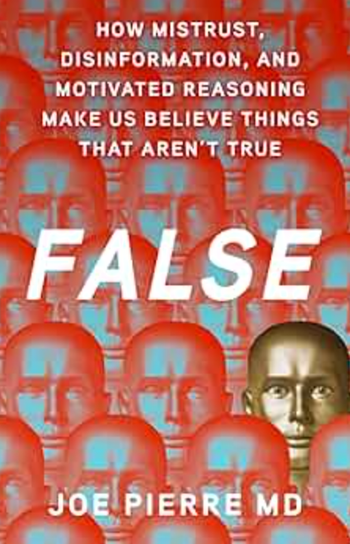
- Psychiatric Times Vol 26 No 9
- Volume 26
- Issue 9
Psychiatrist on the Road: Encounters in Healing and Healthcare
After 18 years as a senior clinical psychiatrist at a New England inner-city mental health clinic, Dr Lawrence Climo was understandably surprised and saddened when he was given 2 weeks’ notice that his services were no longer needed. Financial constraints meant the clinic was replacing him with a nurse. Although his wife told him it was an opportunity, he remembers thinking that health care reform made him feel that his professional skills were “almost irrelevant or at least unmarketable.”
After 18 years as a senior clinical psychiatrist at a New England inner-city mental health clinic, Dr Lawrence Climo was understandably surprised and saddened when he was given 2 weeks’ notice that his services were no longer needed. Financial constraints meant the clinic was replacing him with a nurse. Although his wife told him it was an opportunity, he remembers thinking that health care reform made him feel that his professional skills were “almost irrelevant or at least unmarketable.”
Happily for himself and for readers of his book
Divided into 5 parts, his book chronicles the day-to-day stories of people who do not have primary care physicians or private insurance and who often live on the margins of care and social services. Dr Climo shows himself to be a thoughtful listener, a psychiatrist who believes that healing encompasses so much more than a prescription pad. He learns the Navajo emergence story, for example, but does not understand it until months later, after living with his patients’ many uncertainties and his own. He realizes why “north is the direction of death” and yet when he and his wife are leaving this first assignment and driving north to the next one, “north is merely 1 of 4 sacred directions, not a location or a destination to fear. It is a familiar and natural setting on the compass of life and of our world. I had merely been looking at it the wrong way. Attitude.”
This new awareness stays with him as he ventures to other locum tenentes (a state hospital in New England, an inner-city outpatient clinic in the South, a VA hospital), and in each place he begins as an outsider, relishing the opportunities they afford for fresh perspectives and unorthodox questions. He leaves each place feeling connected to and involved in his profession and his patients. He employs an interesting method for his introductory session when appointment times are limited to 15 minutes: he asks the patient, “if someone were to write a book about your life living with your illness and all you’ve seen and lived through and suffered and survived, what might be a good title?” The answers to this question fill his book with rich and illuminating examples of people working their way through illness. Some achieve spectacular triumphs, others are not even able to return for another appointment.
Through all of it though, the author brings a careful eye for detail, an open heart and mind for nuance and hope, and a constant willingness to go where the story takes him. It is a rich ride indeed that the reader takes with this itinerant-and wise- physician.
Articles in this issue
over 16 years ago
Primary Care Bonus Could Give Psychiatrists Boostover 16 years ago
Why You Cannot Believe Your Eyesover 16 years ago
Deconstructing the “Med Check”over 16 years ago
The Teenaged Brain: Part 2over 16 years ago
Risk Management for the Supervising Psychiatristover 16 years ago
Autumn Equinoxover 16 years ago
Poetry of the Times Is 10!over 16 years ago
Poets on Prozac: Mental Illness, Treatment, and the Creative Processover 16 years ago
Psychocutaneous DisordersNewsletter
Receive trusted psychiatric news, expert analysis, and clinical insights — subscribe today to support your practice and your patients.













